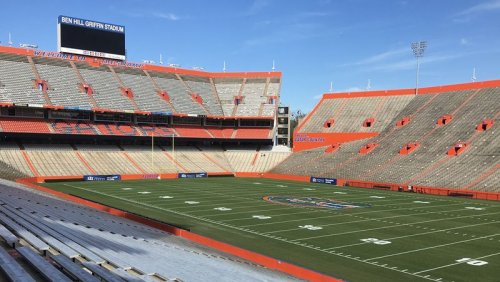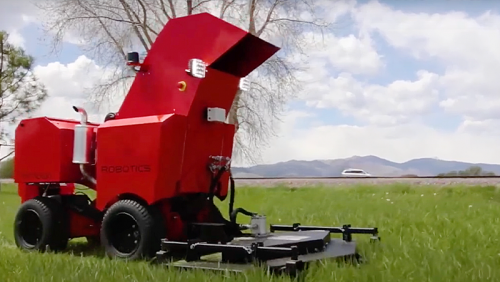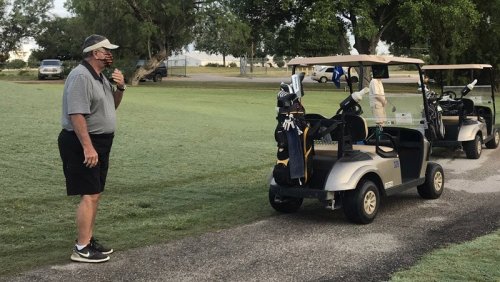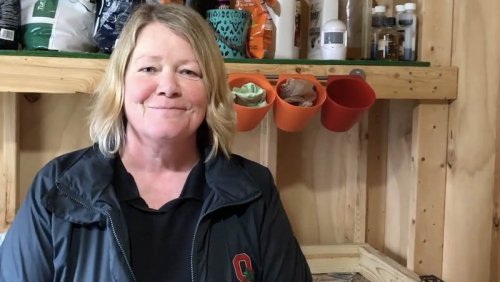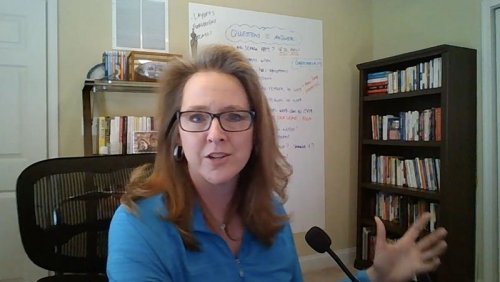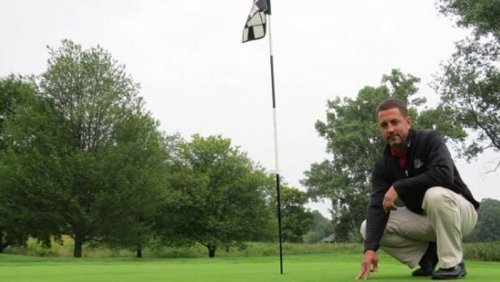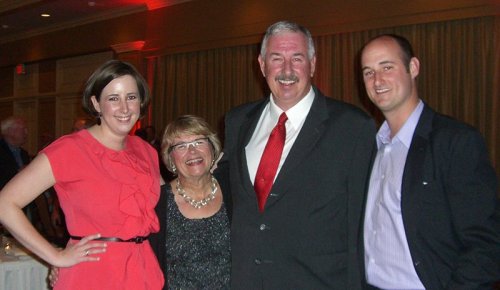

With the active ingredient pydiflumetofen, Posterity is an SDHI fungicide that has exhibited 28-day control of a variety of diseases including dollar spot, Microdochium patch, spring dead spot and fairy ring in managed turfgrass, according to research trials at Penn State, Rutgers, Clemson and Connecticut.
According to research, the active ingredient in Posterity binds tightly to target pathogens for maximum disease control.
Posterity, which was launched by Syngenta in 2018, is now registered in all states, except Alaska and Hawaii, and also has been OK'd for use in Washington, D.C.
"As superintendents in California prepare for the season ahead, they now have access to an innovative fungicide that can help keep their turf free of dollar spot and spring dead spot," said Stephanie Schwenke, turf market manager at Syngenta. "With the registration of Posterity, we are excited to provide a solution that offers the exceptional disease control they need."
Preventive applications of Posterity are recommended beginning in the spring, prior to the expression of fairy rings, as soil temperature exceed 60 degrees Fahrenheit. Posterity also features curative properties and can be used for extended preventive applications for continued protection. Fall applications for spring dead spot should begin as soil temperatures hit 70 degrees followed by a repeat application 28 days later.
- Read more...
- 2,239 views

